Dangerous Ocean Waters Ships Should be Afraid of
Sailing has never been as arduous in the ocean water as it is today, owing to a multitude of effects of climatic changes on them. It has overtly become an issue of extensive vex among the sailors. In this article we are going to find out some of the most dangerous ocean waters for ships sailing at high seas.
Sailing through the Indian Ocean has come to be a challenging task owing to its characteristic of being one of the most deadly ocean waters in the world. The Indian Ocean bears close to 1/4th of the water found on the surface of the planet and its warm temperature makes it susceptible to climatic changes like monsoon, tsunami, cyclone and often, strong winds.
The Atlantic Ocean ranks the second in the catalogue of the most dangerous ocean waters in the world. This ocean water is usually affected by coastal winds, temperature of the water surface and the water currents. The ocean waters of Pacific, Mediterranean, Aegean, and Sea of Marmara are some of the other ocean waters that can be classified as deadly.
The impact of climatic changes on the sea level has been well apprehended with certainty and its apparent change in the waves has affected the potency of various ocean waters around the world. It has been notified by several identified authorities concerned with climate change and its effect on the ocean water that strong winds blowing against or opposite a large current can easily give birth to towering waves that are capable of sinking some of the largest ships ever built.
Strong surface currents are considered an important subject to study the various alternative obstacles that confront the sailors. The ocean water currents have an extremely unpredictable characteristic.
Apart from building robust and technically advanced ships, the sailors must also have the knowledge of the sea to ensure themselves a safe journey. Various obstacles like wind and waves can smash certain parts of the ship, calm winds can create pauses in the tracks while the ship is moving, and illness and injuries can sap the crew. All these things can be easily done away with if the sailor knows and understands the behaviour of the ocean. This cannot completely eradicate the problems but can surely suppress them and make sure that disasters are handled without panic.
The ships at various intervals and places in the ocean water may be confronted by doldrums and band of low-pressure winds where the north and the south trade winds meet. These regions are usually calm but are followed by convectional thunderstorms. The sailors in such situations have to make strategic decisions on whether to maintain the course of the ship through the doldrums or deviate from the course. Wind speed and direction matter a lot while sailing but currents also take an important position in the journey. Often times, the forecasts that are received from the control room are wrong, which can turn heavy on cost for the sailors on board. However, the sailors can easily recalculate and redirect their routes to find the best possible and safe direction for their journey in the ocean water. The ultimatum to consider in the current era as far as sailing is concerned is that as climatic change takes defective shapes; the impact by the ocean waves is likely to be higher than any other element.
You may also like to read – Understanding Thermoclines In Ocean Waters
Do you have info to share with us ? Suggest a correction
Related Posts
Subscribe To Our Newsletters
By subscribing, you agree to our Privacy Policy and may receive occasional deal communications; you can unsubscribe anytime.
Web Stories



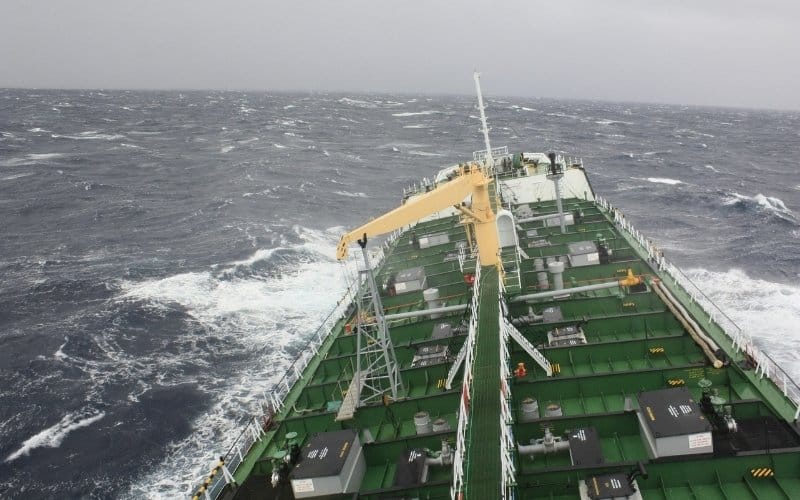

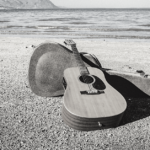
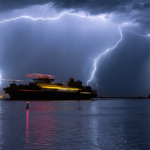

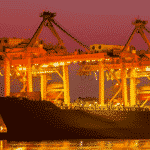
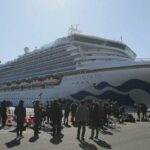
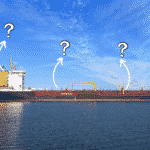

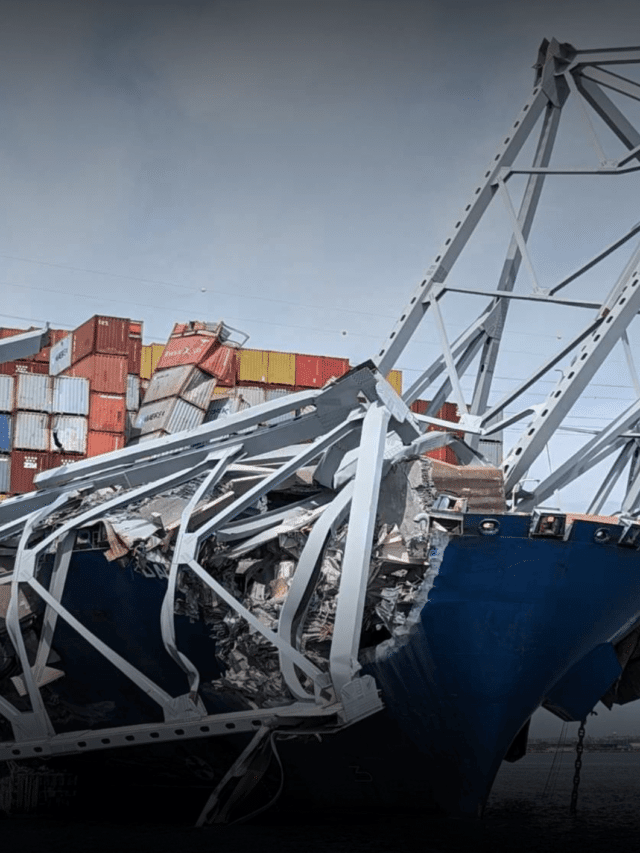


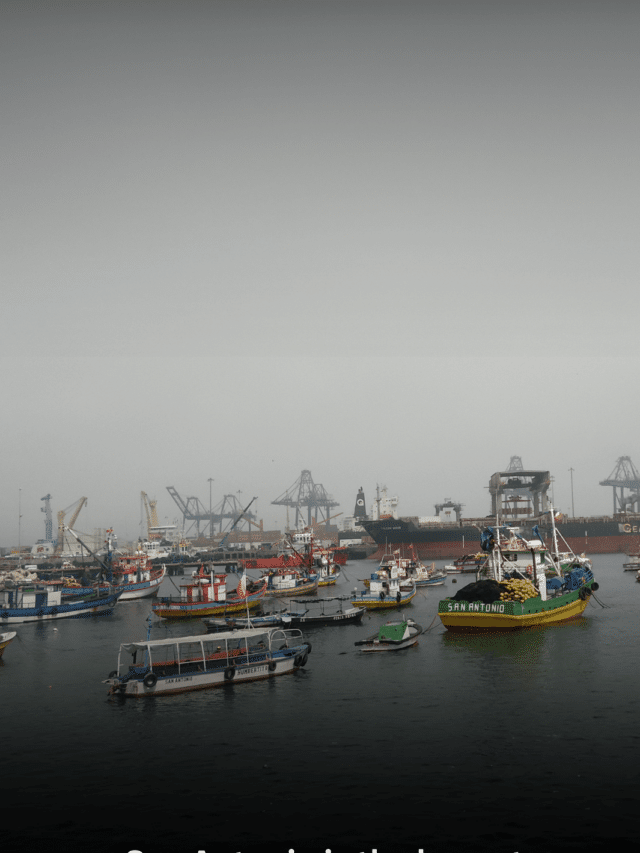
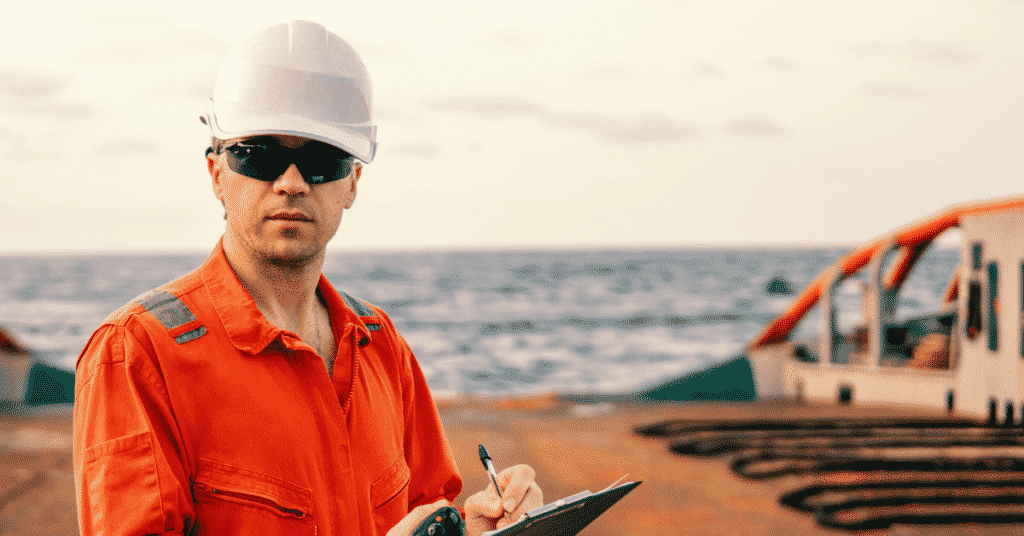
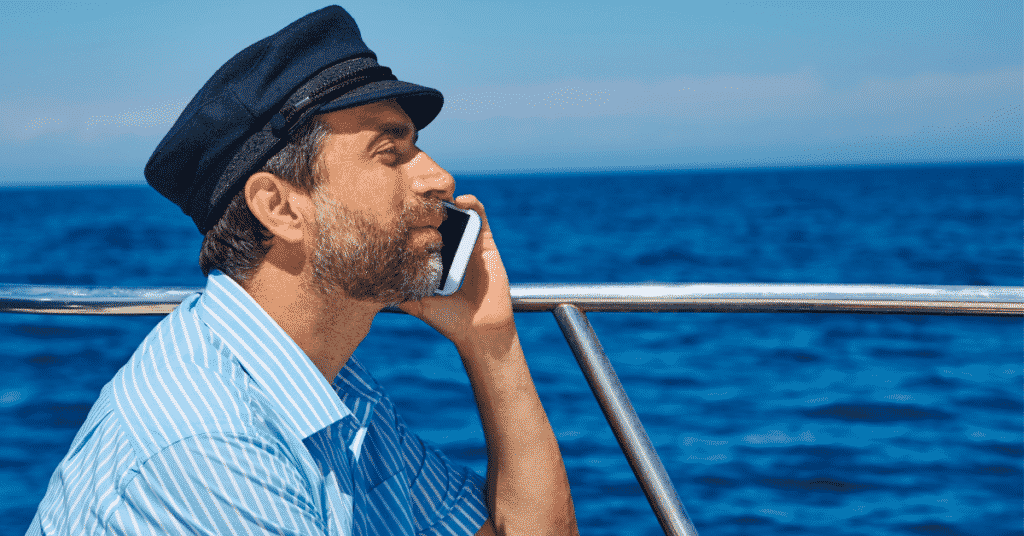




please give the photo of the place
‘Sailing has never been as arduous in the ocean water as it is today’ – is this some kind of joke. You think our ancestors had it easier than us??